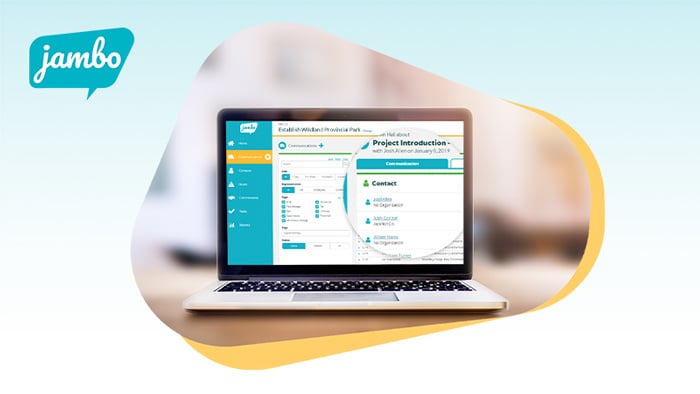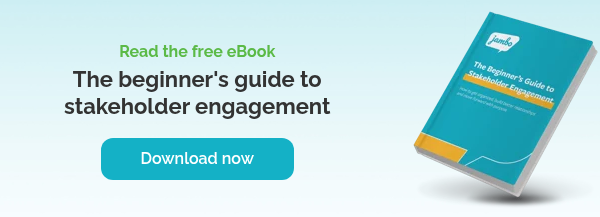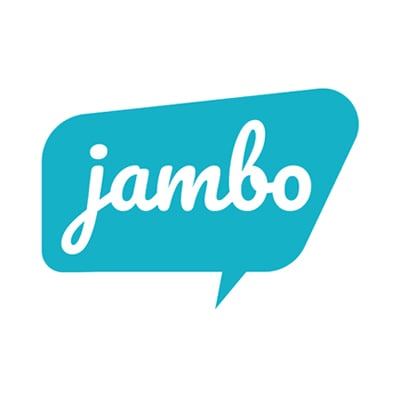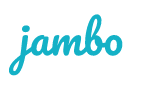
Stakeholder Relationship Management (SRM) software is a platform used to manage stakeholder information, communications, and engagement activities. But did you know that an enterprise SRM can also be used to help strengthen and de-risk during stakeholder engagement planning.
What is a good stakeholder engagement plan?
A good stakeholder engagement plan defines your project goal and what you’re hoping to achieve with your engagements. It touches on:
- Who you’re going to talk to
- How you’ll talk to them (the tactics you will use)
- What you’ll talk to them about
- When you’re going to engagement (engagement timeline)
- Any risks to be aware of as a team
How an SRM can help during stakeholder engagement planning
As you begin to engage and learn about your stakeholders, you’ll collect plenty of important information that you need to keep track of. Using Stakeholder Relationship Management (SRM) software means you can quickly add this information to a stakeholder profile meaning it is organized, accessible and easy to analyze.
When data is organized you can use it to your advantage. The more you use it, the more useful and powerful your SRM becomes during all stages of stakeholder engagement. Here are some ways it helps during stakeholder engagement planning stages.
How your SRM helps during stakeholder mapping and analysis
Stakeholder mapping is an exercise where you identify project stakeholders, which can be individuals or organizations. Stakeholder analysis means prioritizing them according to their levels of interest, and influence in a project.
An SRM can help during stakeholder mapping and analysis by:
- Helping you understand the stakeholder contact information you already have. Quickly check your SRM to see which stakeholders identified during your mapping and analysis that you already have profiles created for.
- Find gaps in your data. Beyond missing contact information, your SRM can also help you spot other missing data or opportunities. For example:
- There may be communities you need to engage with but after reviewing the locations of your existing stakeholders you realize you don’t have any contacts in these areas. Seeing this gap, you’ll know to plan engagements to meet that need.
- After identifying stakeholders you plan to engage with, you may notice issues they raised during previous projects that haven’t been resolved. With this understanding, you can plan accordingly.
- Learn about previous engagements, issues, or commitments with stakeholders. You can use your SRM to view the engagement history stakeholders have with your organization. Review stakeholder profiles to find out things like:
- What the stakeholder has said in the past
- What kind of engagements they’ve participated in (in-person, virtual, phone, etc.)
- Any commitments made to them previously
- Any issues they’ve raised
- Ideas of what they care about
Prepared with these learnings, you can better understand your stakeholders, prepare your tactics to meet their expectations and preferences, and plan with your team to engage strategically and effectively.
How an SRM helps when scheduling stakeholder engagements
Your stakeholder engagement plan describes the timeline of engagements you hope to action. Scheduling the actual engagements in your SRM will help you visualize the timeline. You’ll be easily able to see if it’s achievable based on the resources you have available or if there are any risks to the timeline that you can address early.
Work with your internal stakeholders, teams, and other departments in your organization to identify opportunities for internal collaboration and spot any potential risks. You can use your SRM to create a report of all planned engagements and circulate internally to review for concerns or gaps. Then you can discuss and work together to choose the best next steps.
Some possible risks you may identify during these internal reviews include:
- Overlapping scheduled engagements.
- Identify stakeholders being engagement on different projects. Use this to decide if there is an opportunity to host just one engagement where you talk about two separate topics.
- Engagements planned in similar locations that could be moved around or be held on the same day.
- Too many engagements planned during a period of time that wouldn’t be achievable without extra resource support.
- Unresolved issues from previous engagement with one or more stakeholders.
With all your future engagements logged in an SRM it’s easy to understand what’s ahead so you can be a more prepared and efficient team.
The stakeholder engagement tool that will set you up for success
By using an SRM during your engagement planning, you’ll lighten your workload, reduce your project risks, and create the data-driven foundation you’ll need to stay on track with your goals.
Jambo is the fastest and easiest Stakeholder Relationship Management (SRM) software. Book a 15-minute discovery call with a Jambo expert to learn more!
Tip: If you’ve heard of organizations using Customer Relationship Management (CRM) software, you might be wondering if it could help with your engagement planning stages. However, a CRM and an SRM have different purposes. While a CRM manages sales and customers, an SRM is designed to help your stakeholder management. During your early planning stages and throughout your projects, you’ll want to use an SRM as it’s been created to help your stakeholder projects succeed!









